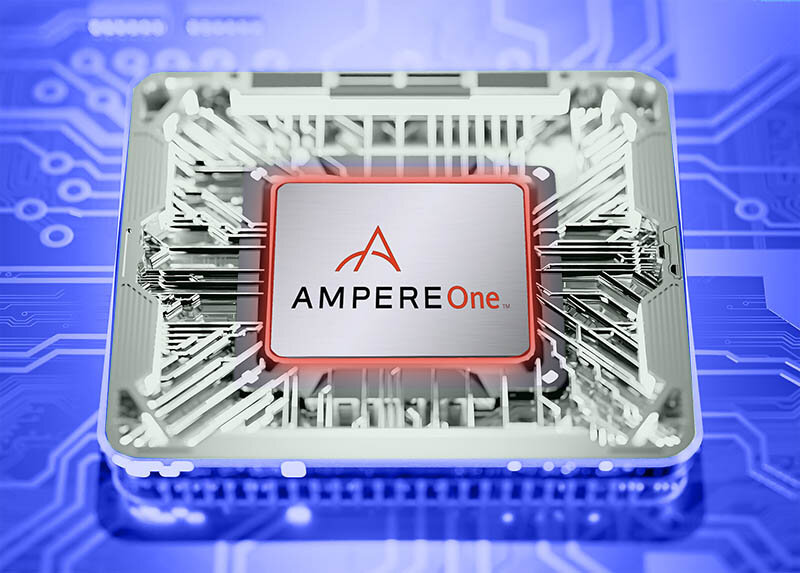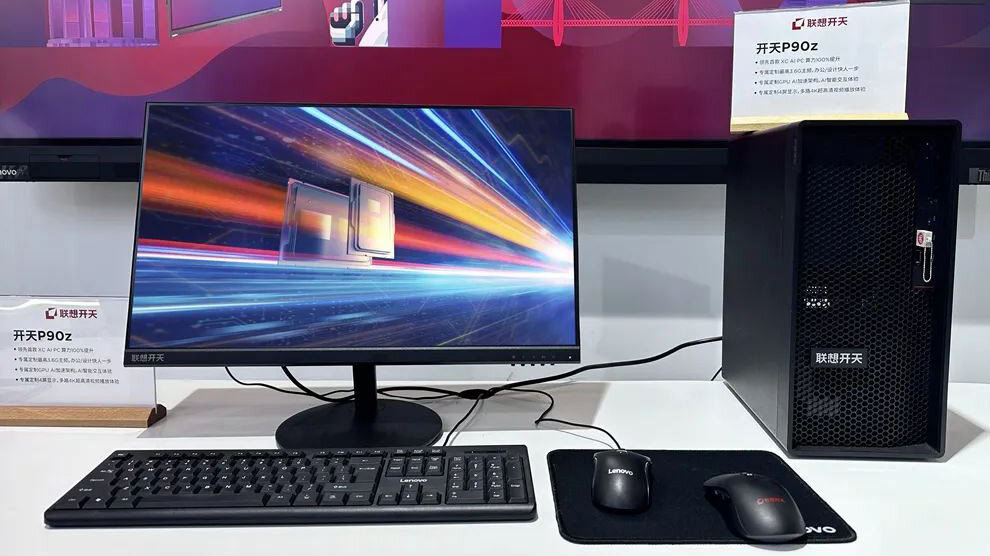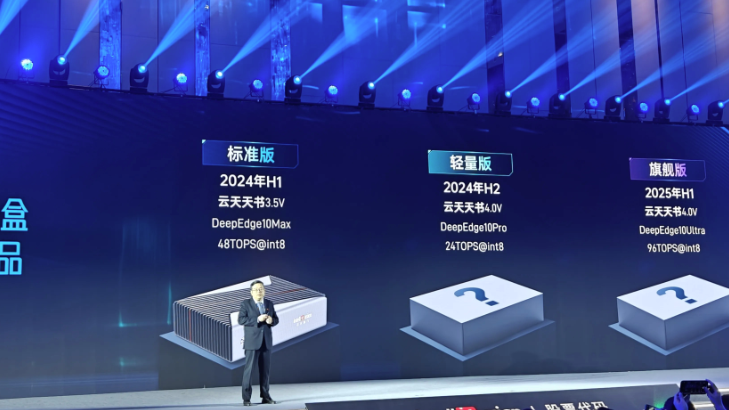Search the Community
Showing results for tags 'chipmakers'.
-
The Dutch government may ban ASML from servicing high-end wafer fab tools in China, but the outgoing ASML CEO says this will not be a major problem for earnings. View the full article
-
- asml
- chipmakers
-
(and 1 more)
Tagged with:
-
TSMC preps 8x reticle size or larger interposers for gargantuan AI and HPC SiPs. View the full article
-
- tsmc
- chipmakers
-
(and 1 more)
Tagged with:
-
Ampere Computing unveiled its AmpereOne Family of processors last year, boasting up to 192 single-threaded Ampere cores, which was the highest in the industry. These chips, designed for cloud efficiency and performance, were Ampere's first product based on its new custom core leveraging internal IP, signalling a shift in the sector, according to CEO Renée James. At the time of the launch, James said, "Every few decades of compute there has emerged a driving application or use of performance that sets a new bar of what is required of performance. The current driving uses are AI and connected everything combined with our continued use and desire for streaming media. We cannot continue to use power as a proxy for performance in the data center. At Ampere, we design our products to maximize performance at a sustainable power, so we can continue to drive the future of the industry." AmpereOne-3 on its way Jeff Wittich, chief product officer at Ampere, recently spoke with The Next Platform about future generations of AmpereOne. He told the site that an updated chip, with 12 memory channels and an A2 core with improved performance, would be out later this year in keeping with the company's roadmap. This chip, which The Next Platform calls AmpereOne-2, will reportedly have a 33 percent increase in DDR5 memory controllers and up to 50 percent more memory bandwidth. However, what’s coming up beyond that, at some point in 2025, sounds the most exciting. The Next Platform says the third generation chip, AmpereOne-3 as it is calling it, will have 256 cores and be “etched in 3 nanometer (3N to be precise) processes from TSMC”. It will use a modified A2+ core with a “two-chiplet design on the cores, with 128 cores per chiplet. It could be a four-chiplet design with 64 cores per chiplet.” The site expects the AmpereOne-3 will support PCI-Express 6.0 I/O controllers and maybe have a dozen DDR5 memory controllers, although there’s some speculation here. “We have been moving pretty fast on the on the compute side,” Wittich told the site. “This design has got about a lot of other cloud features in it – things around performance management to get the most out of all of those cores. In each of the chip releases, we are going to be making what would generally be considered generational changes in the CPU core. We are adding a lot in every single generation. So you are going to see more performance, a lot more efficiency, a lot more features like security enhancements, which all happen at the microarchitecture level. But we have done a lot to ensure that you get great performance consistency across all of the AmpereOnes. We are also taking a chiplet approach with this 256-core design, which is another step as well. Chiplets are a pretty big part of our overall strategy.” The AmpereOne-3 is reportedly being etched at TSMC right now, prior to its launch next year. More from TechRadar Pro How Ampere Computing plans to ride the AI waveAmpere's new workstation could bring in a whole new dawn for developersPlucky CPU maker beats AMD and Intel to become first to offer 320 cores per server View the full article
-
- chipmakers
- cpus
- (and 5 more)
-
Zhaoxin, the Chinese tech firm behind CPUs like the Kaixian KX-6000 and KX-7000 series, has announced several important design wins. It says companies including Lenovo, Tsinghua, Ziguang, Ruijie, Honghe, and Seewo have Kaixian-powered devices ready. View the full article
-
- cpus
- chipmakers
-
(and 3 more)
Tagged with:
-
China's schools adopt Loongson processors as the country transits away from foreign CPUs. View the full article
-
- chipmakers
- chips
-
(and 1 more)
Tagged with:
-
Intellifusion has made it possible to sidestep sanctions placed on high-end GPUs in China by producing an ASIC with excellent AI performance in their stead. View the full article
-
- chipmakers
- ai
-
(and 1 more)
Tagged with:
-
Forum Statistics
73.8k
Total Topics71.7k
Total Posts
.png.6dd3056f38e93712a18d153891e8e0fc.png.1dbd1e5f05de09e66333e631e3342b83.png.933f4dc78ef5a5d2971934bd41ead8a1.png)








